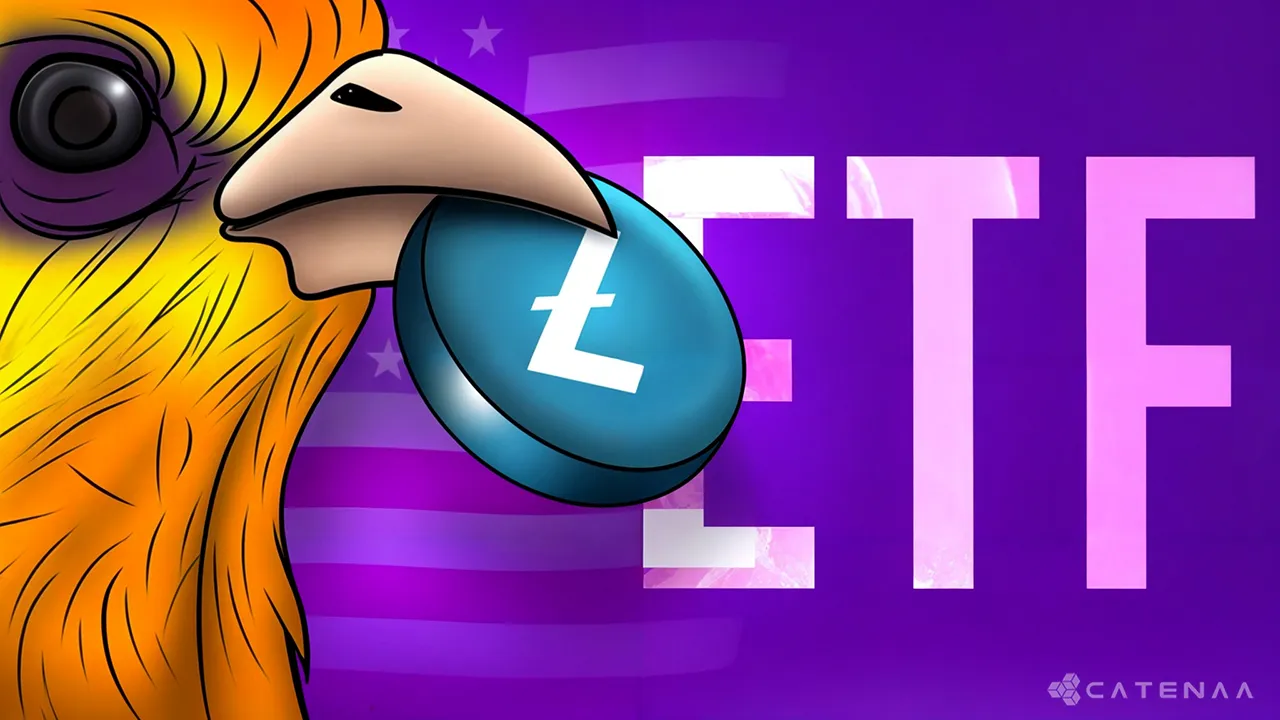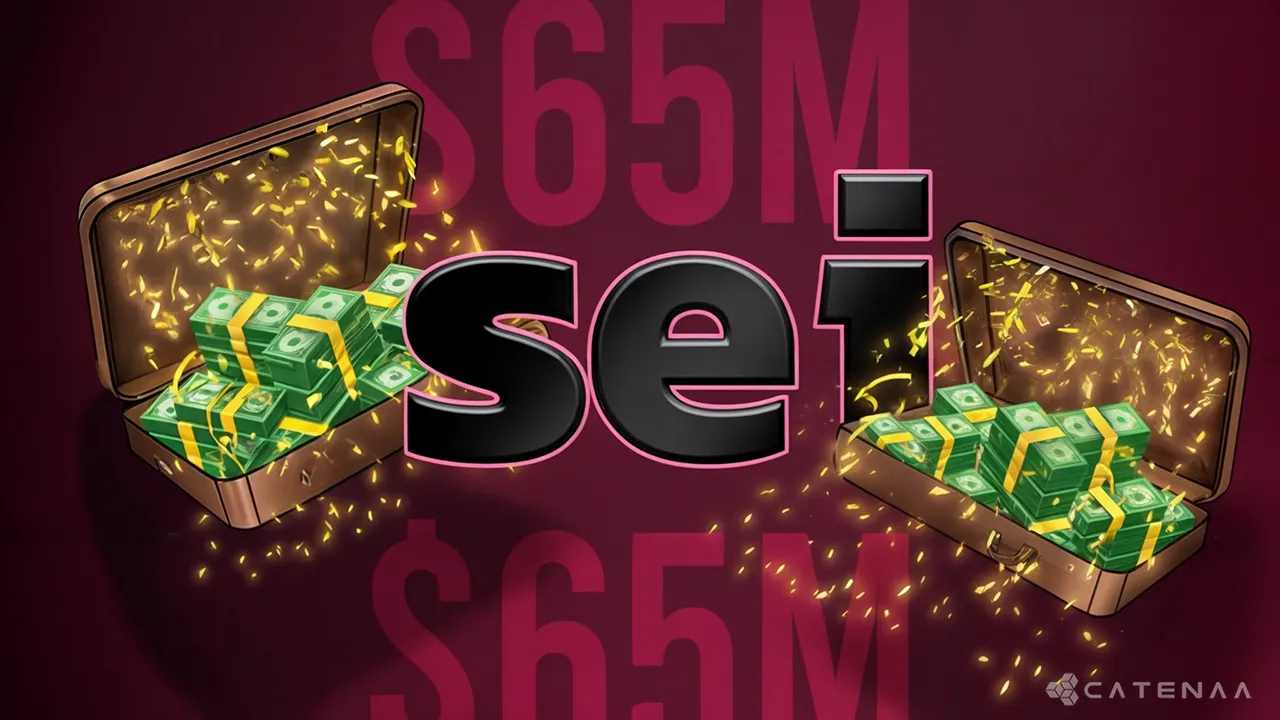Catenaa, Tuesday, February 04, 2025 – The US Securities and Exchange Commission(SEC) said it was moving forward with its review of the proposed Canary Litecoin ETF, inviting public comments as part of the approval process.
The regulator said it would accept comments for 21 days following the proposal’s publication in the Federal Register. The move signals progress toward a potential approval or rejection of the ETF, which would track the price of Litecoin (LTC), a leading cryptocurrency.
Nasdaq filed a 19b-4 form for the Canary spot Litecoin ETF on January 16, marking the second step in a two-part process required for spot crypto ETFs. Once acknowledged by the SEC, the filing triggers the regulatory review period.
Bloomberg noted that this is the first alternative cryptocurrency ETF to receive acknowledgment from the SEC.
Several firms are actively pursuing crypto ETF approvals, including applications for funds tied to Solana (SOL) and XRP. Additionally, proposals have emerged for leveraged ETFs featuring memecoins linked to former President Donald Trump and First Lady Melania Trump, underscoring growing interest in politically themed digital assets ahead of the 2024 election.
The SEC’s review comes under the leadership of Acting Chair Mark Uyeda, who recently appointed Republican Commissioner Hester Peirce to lead a crypto-focused task force. Their oversight marks a shift from former Chair Gary Gensler’s more skeptical stance on the industry.
The agency previously approved spot Bitcoin ETFs in January 2024, followed by Ethereum ETFs later that year. Industry observers believe the latest ETF proposals could further legitimize alternative cryptocurrencies within traditional financial markets.


